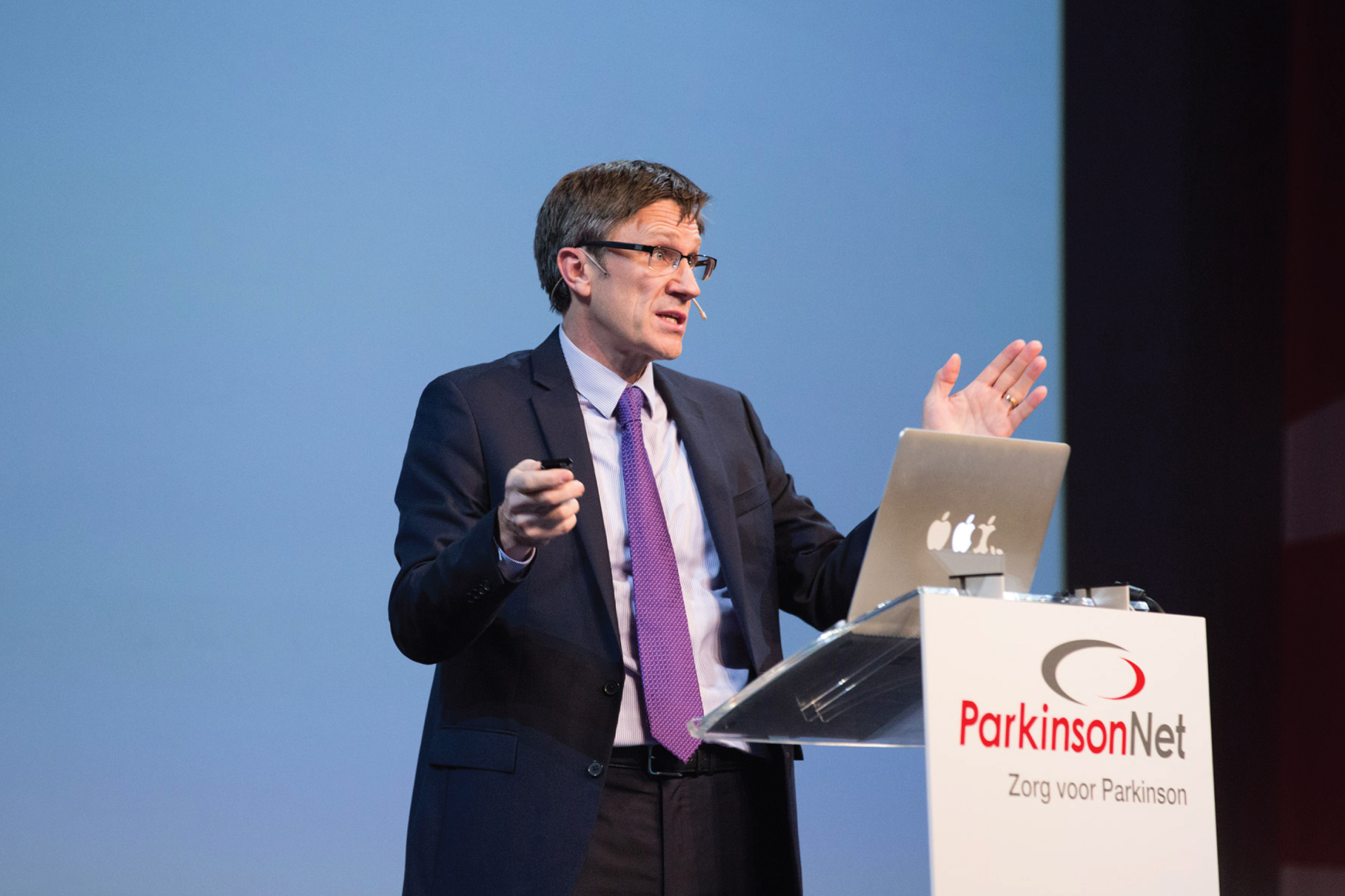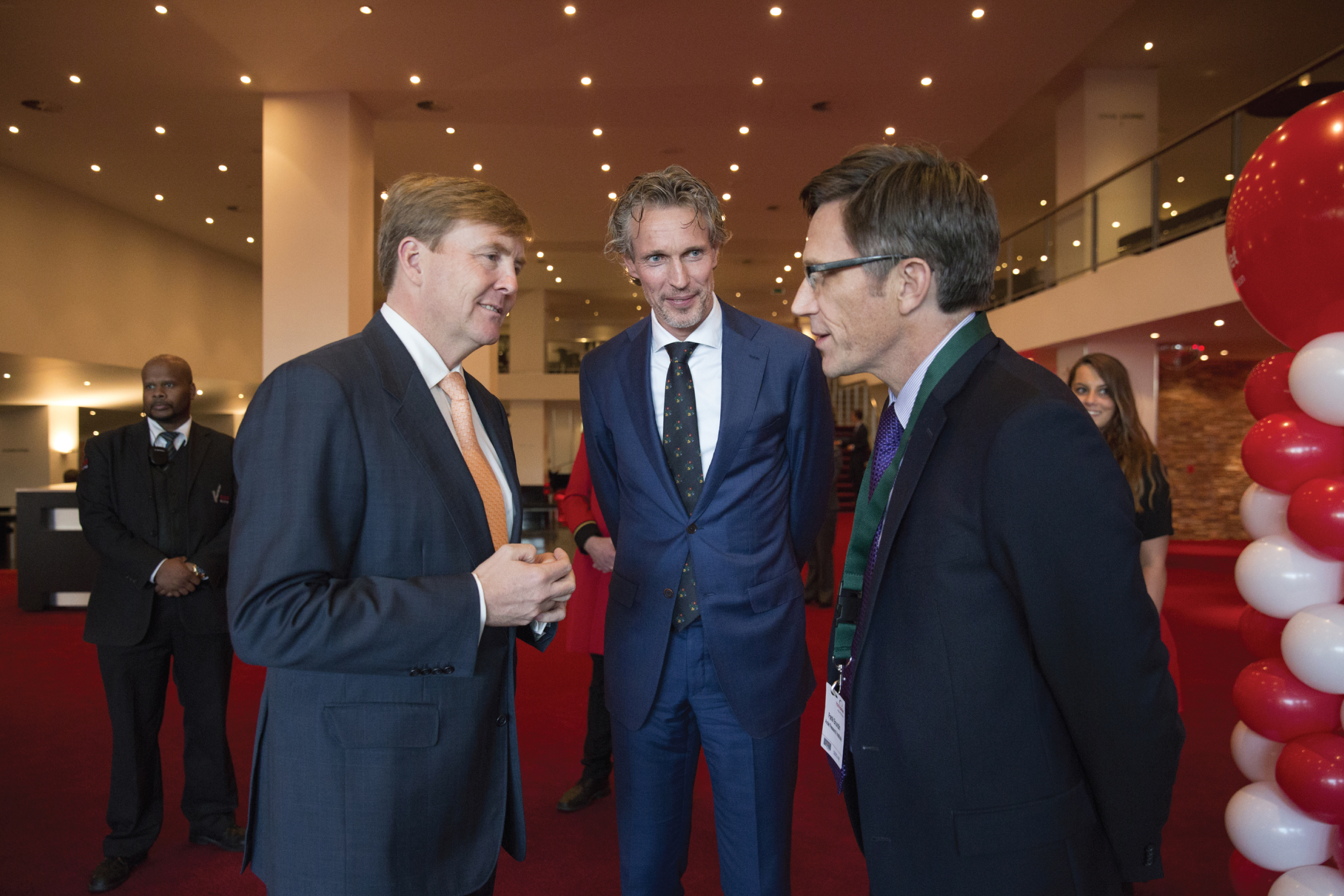The Unbearable Lightness of Brundin
INTRODUCTION
The 1984 novel “The Unbearable Lightness of Being” by the famous Czech author Milan Kundera opens with a consideration of Friedrich Nietzsche’s concept of the “eternal return.” This concept addresses a dichotomy between lightness (a sequence of transitory events, without any lasting impact) and weight (representing commitment and responsibility). The four main characters in the book are characterized as representing either lightness or weight, often leading to conflicts between these characters. In the end, the main characters reconcile to understand the varying attractions and limitations of lightness and weight.
PATRIK’S LIGHTNESS
This explicit division between either lightness or weight is not at all applicable to Patrik Brundin, to whom this editorial is devoted as a tribute for his enormous contributions to the Journal of Parkinson’s Disease, and to which he has recently said farewell. On the one hand, Patrik (whose real first name is actually Sven, aptly reflecting his Swedish roots) could easily be characterized as representing the concept of lightness: everything he does appears to go very easy on him, whatever he touches changes instantly into gold, and he combines a bright mind with a wonderful elegance plus a very good sense of humor. One example of the latter was when, during an international transplantation meeting in Lund, Patrik and his colleagues made a fake movie about a patient receiving an adrenal cell transplant, and then started kicking a soccer ball around. Patrik also has a savant-like memory about details from both new and old papers, especially knowing what year the particular paper was published. He also has an impressive ability to stay abreast of crucial developments in the field. Both authors of this editorial have had the same experience where Patrik would share details of important new papers, immediately after they had been published, and sharing PDFs with us. One highly innovative approach that Patrik has adopted to stay updated was to actively participate in Facebook communities, together with persons with Parkinson’s disease. He rightly reasoned that whatever would be important to people living with the disease would be discussed there.
Together with Bill Langston, [1] he co-founded the Journal of Parkinson’s Disease in 2011. Since then, he has been at the helm of the journal, and under his seemingly effortless leadership, the journal has flourished and developed into an established and widely appreciated forum for important publications on Parkinson’s disease or parkinsonism. Since 2017, Patrik has led the Webinar Series of the journal as the host of the discussions. Despite his Swedish background, he managed to develop an impeccable English accent, acquired during his training at a boarding school where he met, among others, members of the Dutch Royal family. The first author of this editorial vividly remembers how Patrik was invited as a keynote speaker to a national ParkinsonNet conference in the Netherlands, which at the time was attended by the King of the Netherlands. To everyone’s surprise, King William-Alexander and Patrik instantly got together as old friends, even before a proper introduction could be made (Fig. 2)! He even managed to pass on an invitation to the King to visit the Van Andel Institute in Grand Rapids, which the King indeed actually ended up doing several years later. What an unbearable lightness. The second author of this editorial also received his fair share of Patrik’s lightness, when the two of them were on opposite sides of a volleyball game. Patrik went up for a spike, which was subsequently blocked by Jeff – but only with his head ... . But on a more serious note, we should also mention that, in addition to being a scientist and editor, Patrik is also a wonder fully devoted husband to Lena Brundin and a fantastic father to Theo, Sam Olivia and Max, as well as a loving dad to their dogs Luna and Apollo.
Fig. 1
Patrik in action during a plenary keynote lecture for the 2014 ParkinsonNet annual conference.

Fig. 2
Patrik Brundin engaged in a lively discussion with King William-Alexander of the Netherlands (2014, Utrecht, the Netherlands). Bas Bloem is also present in this photo.

PATRIK’S WEIGHT
At the same time, it is equally appropriate to characterize Patrik’s nature as being closer to the concept of weight, since the impact of his work is all but transitory. Indeed, his contributions to the Parkinson field include over 400 scientific peer-reviewed publications in international journals, many of whom continue to have a lasting impact on our thinking about Parkinson’s disease. Among others, Patrik has been a true pioneer in the fields of cellular replacement, gene therapy, and synuclein biology. His work has been cited more than 50,000 times, resulting in an H-index of 116. If this man cannot be characterized as a heavyweight, we wonder who can.
Several specific achievements deserve separate mentioning. Patrik has been the founder and chairman of the International Linked International Trials initiative, an innovative concept to speed up drug development in the field of Parkinson’s disease [2]. Specifically, this initiative consist of an international committee of experts that examines a wide range of drugs that are already being used outside the Parkinson field and that – after careful review of the working mechanisms – might potentially be suitable for repurposing to modify the progression of Parkinson’s disease. The obvious great advantage here is that the safety and side-effects are already well-established, so the process from bench to bedside can be greatly accelerated. The International Linked International Trials initiative has already resulted in seven completed, and 15 ongoing, clinical trials of 16 agents, each aimed to potentially modify the course of Parkinson’s disease [3]. Throughout this process, Patrik has acted as a crucial chair of the program – distilling complex discussions, managing diverse viewpoints and allowing for clarity of decision making.
Patrik has also been instrumental in setting up a strategic partnership between the Van Andel Institute, where he worked for many years, and Cure Parkinson’s in England, which was founded by the late Tom Isaacs, who lived with Parkinson’s himself. Shortly after Tom had sadly passed away, Patrik helped to launch the special Tom Isaacs Award, to celebrate individuals who have had the greatest impact on the Parkinson field and who involved people living with Parkinson’s in their research. Every year Patrik has been nominated by members of the community, including both researchers and persons with Parkinson’s, but Patrik consistently ruled himself out.
A further remarkable feature about Patrik was his close involvement with people living with Parkinson’s disease. The International Linked International Trials initiative includes representatives from the patient community. We already mentioned his active participation in Facebook communities, together with persons with Parkinson’s disease, and his close friendship with Tom Isaacs. Patrik was also exceptionally good at translating complex science for a lay audience, both locally and internationally. Importantly, Patrik founded the now famous series of Grand Challenges scientific meetings at the Van Andel Institute, which he soon started to combine with Rallying to the Challenge, a parallel meeting for persons living with Parkinson’s disease. The agenda for this latter meeting is always set up by persons with Parkinson’s, and the program always features opportunities for persons with Parkinson’s to provide feedback on the scientist participating in the Grand Challenges meeting.
WHAT LIES BEYOND BRUNDIN?
It is safe to say that many members of the international Parkinson community were unpleasantly surprised by Patrik’s decision to leave academia, and to take on a vital position with Roche pharmaceuticals in Basel, Switzerland. Unpleasantly, because his active participation in the scientific debate will be dearly missed. Unpleasantly also because Patrik felt that it was inevitable to now also step down as co-editor-in-chief of the Journal of Parkinson’s Disease. Surprised, because we all felt that Patrik was far from ready to presently close his academic career at a time when his science is close to making further important discoveries that will directly affect patient care. At the same time, this career move did perhaps not come as a complete surprise because Patrik has always been a strong and independent thinker. And there is no doubt that he will continue to have an impact on the field in his new position. Patrik, we want to thank you for your incredible contribution to the journal, and for being such a terrific and inspiring leader. As a token of our deep appreciation, you will stay on board as Editor-in-Chief Emeritus, together with the journal’s co-founder Bill Langston. And importantly, we are very pleased to announce that we have been able to identify an excellent successor to take on Patrik role’s as the new co-editor in chief, along with Bas Bloem, thus ascertaining a bright future for the journal, even beyond Brundin. Much more about that in the next issue of the Journal of Parkinson’s Disease.
Perhaps this is a good moment to reconsider Kundera’s novel “The unbearable lightness of being” one more time. As we said earlier, the heart of this novel is formed by the philosophical concept of eternal return, which assumes that everything in the universe—people, animals, events, and the like—recurs and repeats in a more or less similar fashion over infinite time and space. If this is indeed true, then there can be no doubt that Patrik will return back to academic science at some point in the future. We definitely cannot wait for that to happen, and you are always more than welcome!
CONFLICTS OF INTEREST
BRB and JHK have no conflicts of interest that are relevant to this publication.
ACKNOWLEDGMENTS
BRB was supported by a center of excellence grant of the Parkinson’s Foundation.
REFERENCES
[1] | Bloem BR , Brundin P ((2020) ) The Future of Parkinson Care and Research is Here. J Parkinsons Dis 10: (1), 1–3. |
[2] | Brundin P , Barker RA , Conn PJ , et al. ((2013) ) Linked clinical trials–the development of new clinical learning studies in Parkinson’s disease using screening of multiple prospective new treatments. J Parkinsons Dis 3: (3), 231–239. |
[3] | Stott SRW , Wyse RK , Brundin P ((2021) ) Drug Repurposing for Parkinson’s Disease: The International Linked Clinical Trials experience. Front Neurosci 15: , 653377. |




